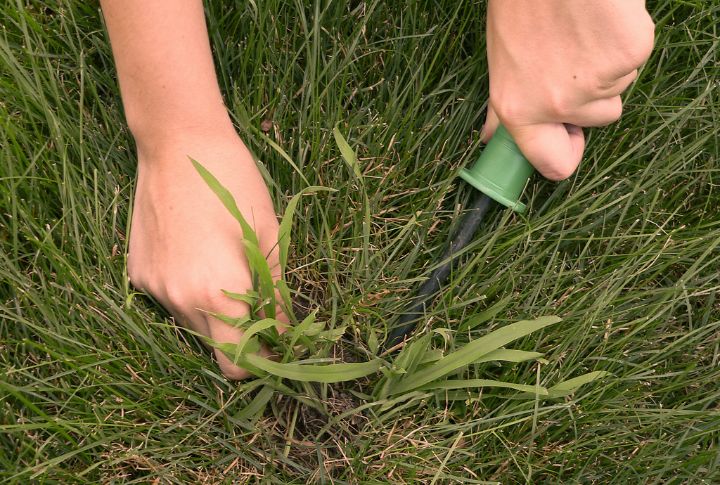
Spring’s green revival brings an unwelcome visitor: crabgrass. This fast-growing weed thrives in warm soil, stealing vital nutrients, sunlight, and moisture from your desired lawn grasses. It targets thin or weak areas, forming unsightly patches. Although crabgrass can be a formidable foe, the right strategy can keep your lawn luscious and vibrant all year round. Timing’s key: there’s a prime window to eliminate it. Swipe ahead.
Target the Seeds, Not the Sprouts

Crabgrass thrives by germinating from seeds in warm soil. You need to stop its seeds from establishing roots to effectively control it. This is where pre-emergent herbicides come in. Pre-emergent herbicides are the most effective way to stop crabgrass from taking over your lawn. These chemicals work by creating a barrier at the soil level that kills the crabgrass seeds as they germinate.
Ideal Soil Temperature for Crabgrass Germination

Your crabgrass seeds will begin to develop when the temperature beneath 1 to 2 inches of soil is around 55 to 60 degrees Fahrenheit. This typically occurs in late spring, but it might be a bit earlier or later, depending on the weather patterns. Monitoring soil temperatures can help you time your prevention methods more accurately.
Optimal Time for Applying Preventers
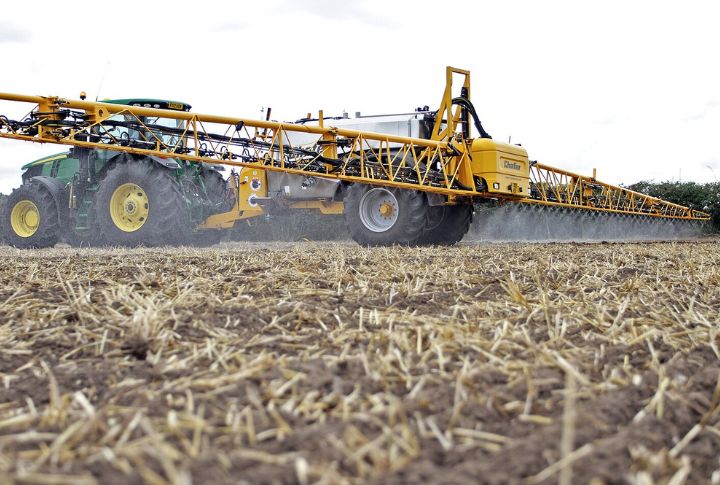
Therefore, the best time to apply crabgrass preventer is when the soil temperature is near 50 degrees Fahrenheit but before it reaches 55 degrees, usually in early to mid-spring. By applying the preventer during this window, you can maximize its effectiveness by ensuring that the barrier is already active when seeds begin to germinate.
Monitor Your Lawn: Use a Soil Thermometer
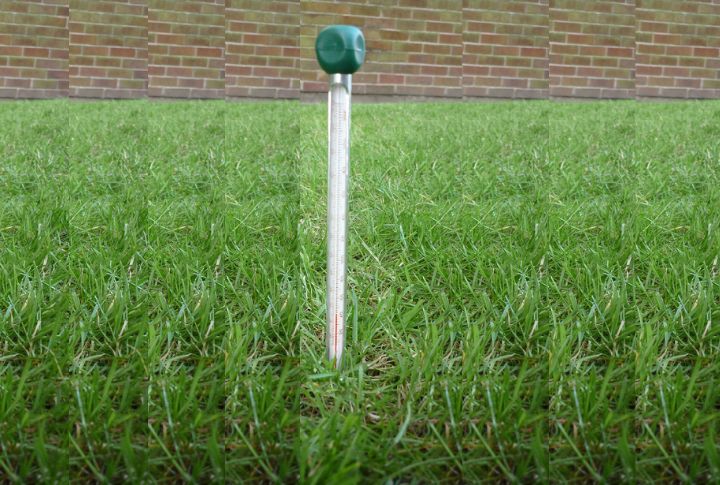
Insert the soil thermometer about two inches into the soil in several different areas of your lawn, ideally in both shaded and sunny spots. Do this early in the morning for the most accurate readings. Record the temperature daily to monitor fluctuations and determine the right timing for herbicide application.
How to Apply the Preventer
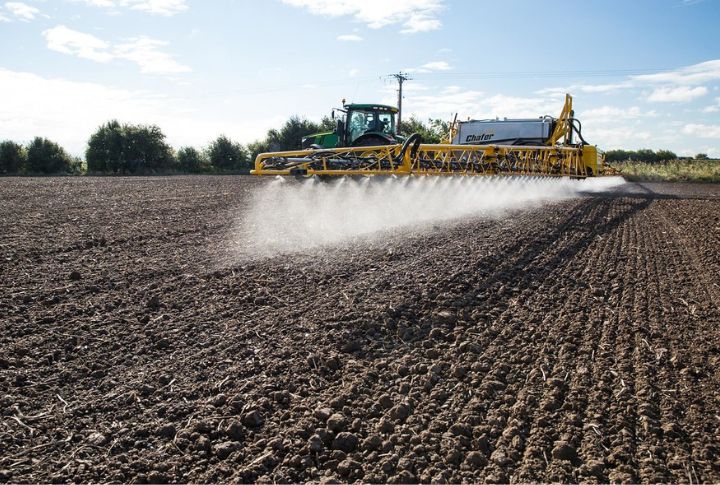
Evenly distribute the crabgrass preventer over your lawn using a spreader. Remember to follow the manufacturer’s instructions for the correct application rate and safety precautions. After application, lightly water your yard to help activate the herbicide unless the product specifies otherwise.
When Is It Too Early?
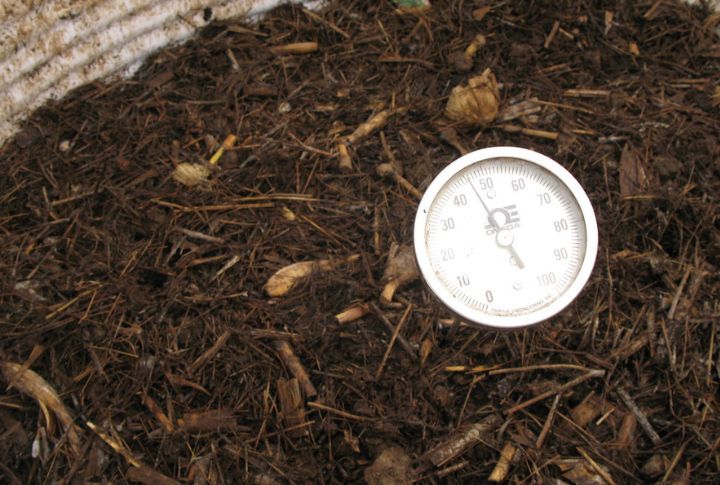
Applying crabgrass preventer too early in the season can be futile. If you apply it before soil temperatures rise to 50 degrees, rain and other environmental factors can break down the herbicide’s effectiveness by the time the seeds start to germinate. This means the protection might wear off by the time it’s needed most.
When Is It Too Late?

Once your crabgrass has begun to grow, it’s too late for pre-emergent herbicides to be effective. You may need to use post-emergent treatments or manual removal methods to control the weeds. However, these can be trickier to use, potentially harming your desired grasses if not applied carefully. Keep an eye on soil temperatures and growth patterns to avoid missing the crucial window for pre-emergent application.
Other Tips to Prevent Crabgrass Growth
Following healthy lawn maintenance practices can keep your green space free of crabgrass. Ahead, find some seemingly obvious yet essential tips to prevent crabgrass growth.
Tip 1: Mow Regularly

Keep your lawn at the height suggested for your type of grass. This may stop the crabgrass by shading the soil and inhibiting weed growth.
Tip 2: Apply Fertilizer
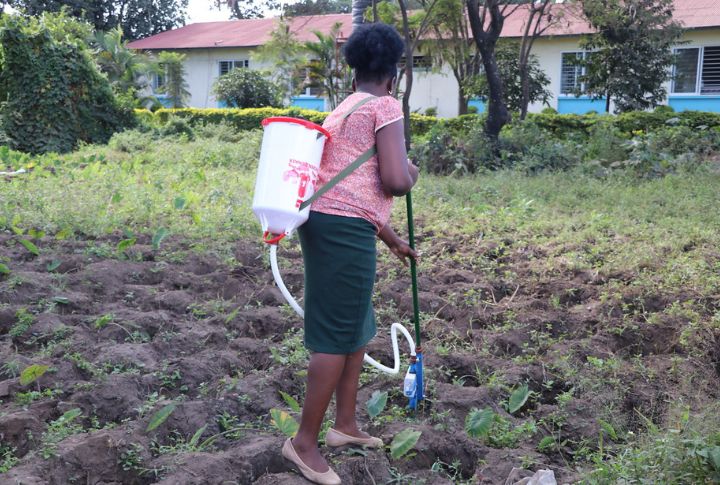
Healthy, well-fed lawns are less likely to have weed invasions. Using a balanced fertilizer will encourage dense grass growth, which naturally resists crabgrass.
Tip 3: Water Deeply and Infrequently
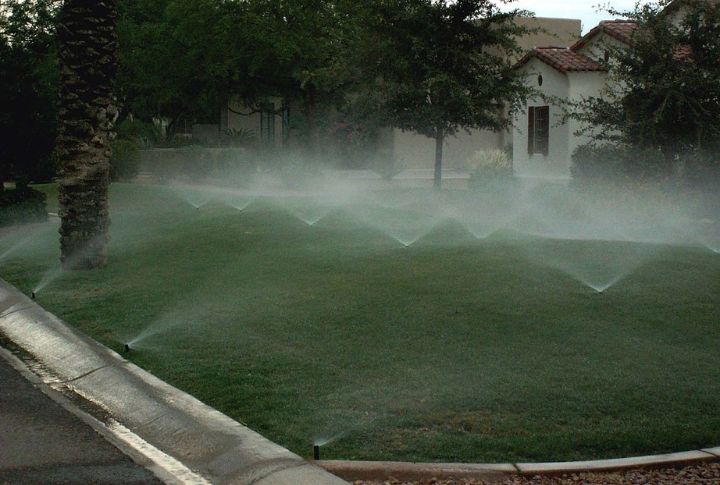
Deep, infrequent watering encourages strong root growth in your lawn. Try to avoid shallow, frequent watering, which encourages shallow-rooted crabgrass.


Comments
Loading…